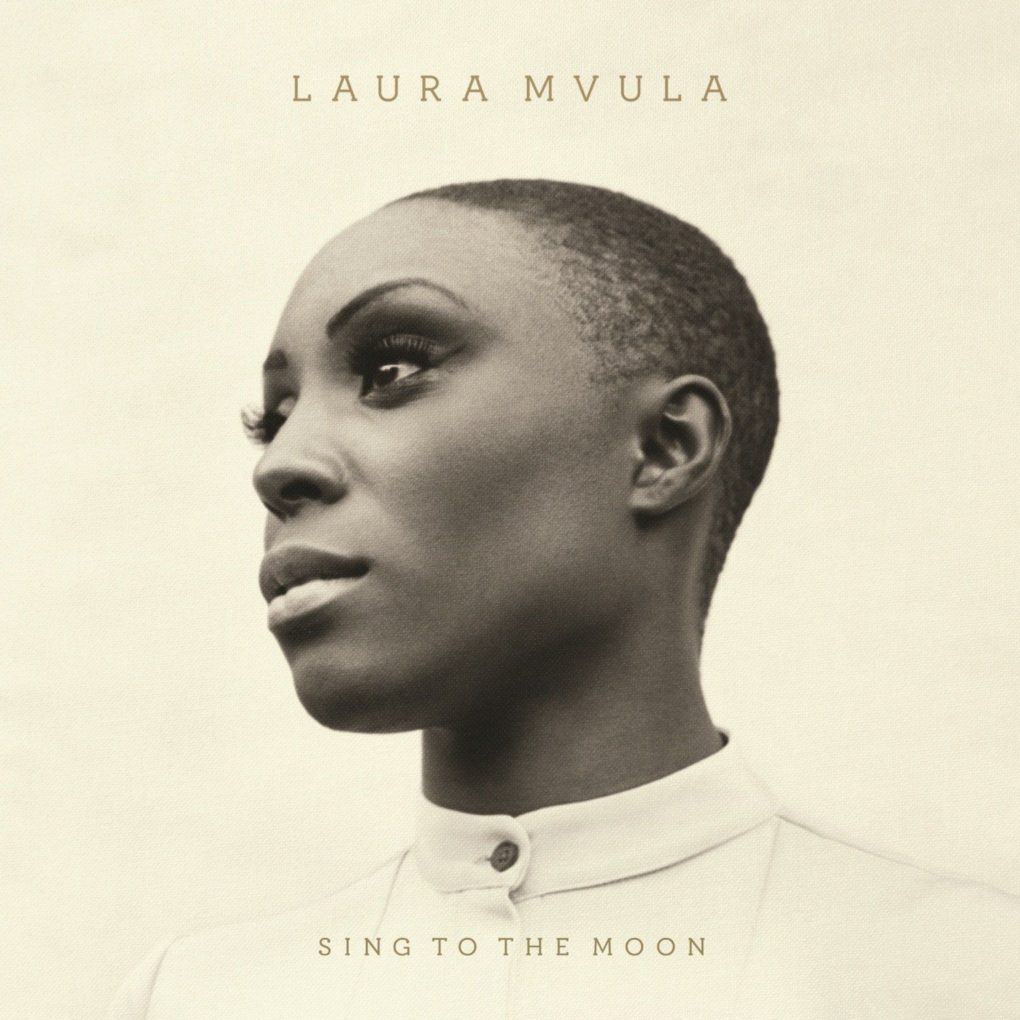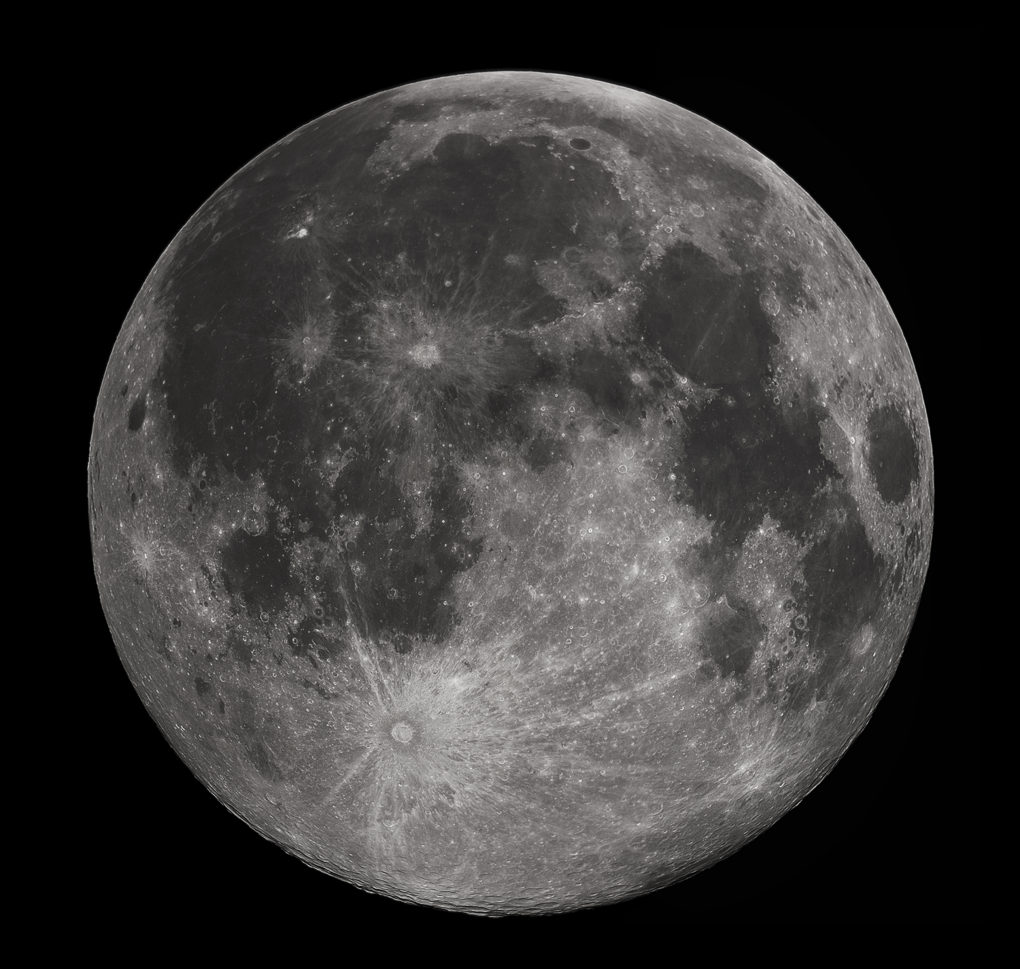
The moon is often referred to in such chummy terms as “our closest cosmic neighbour” or our “companion in orbit.” And while the moon is certainly closer to the earth than anything else in the solar system, the two spheres aren’t exactly rubbing shoulders.
The earth and moon are far enough apart that you could fit 30 earths in the space between them, with a bit of room to spare. At 384 000km (238 855 miles) away, the moon is distant enough that if you could drive there at highway speed, it would take a bit longer than five months of non-stop driving to reach it.
But its remoteness from us is hardly the moon’s most interesting feature.

Consider, for example, the fact that despite being about 400 times smaller than the sun, the moon is also about 400 times closer to us than the sun. This spectacular coincidence is what makes total solar eclipses, like the one that just happens to be underway in parts of the world as I write this, possible. This won’t always be the case: the moon is slowly drifting away from us (it’s already about 2 meters further away than it was when Apollo 11 landed) so eventually complete solar eclipses will become a thing of the past.
Maybe my favourite moon-related fact is something called “synchronous rotation.” This fancy term means that it takes the moon about 27 days to orbit the earth, and the same time to rotate on its axis. The result is that although the moon is spinning, it appears not to spin, because we only ever see one side of it. It makes me think of that old romantic movie trope where two people lock hands and spin around; both rotating, but always facing each other.
The moon, with all its weirdness and eccentricities, has been inspiring musicians for centuries. On this blog, we’ve already covered moon-related music from Debussy to Beethoven to Bing & Rosemary, and this week I’m excited to add Laura Mvula’s name to the list of lunar musicians.
What makes this a beautiful song:
1. It opens with pretty extensive orchestration, but that all pulls back when the vocals come in. The song continues in this way, waxing and waning from quiet, tip-toeing verses and big, all-out choruses.
2. There’s some weird time signature stuff going on in the chorus; I think it throws a bar of 4/4 into the regular 3/4 pattern. It’s just a tiny bit unsettling, like things are being temporarily thrown out of orbit.
3. According to Mvula, the title came from a biography she read about an under-appreciated jazz singer named Adelaide Hall, whose father used to tell her “sing to the moon and the stars will shine.” Mvula was so taken by that line that it stuck with her and became the foundation of this song. It’s also advice that I might steal for my own kids.
Recommended listening activity:
Eating a circular piece of cheese on a circular cracker.